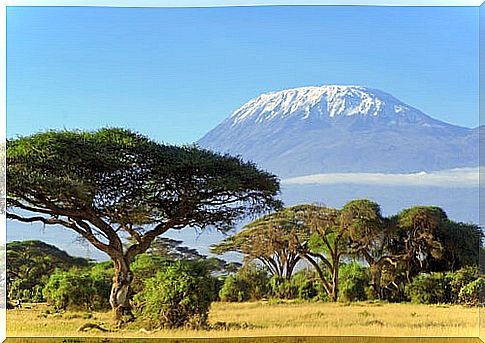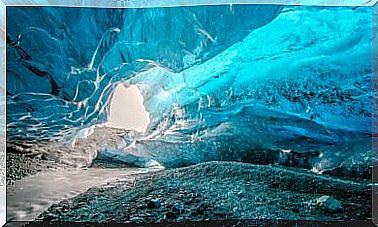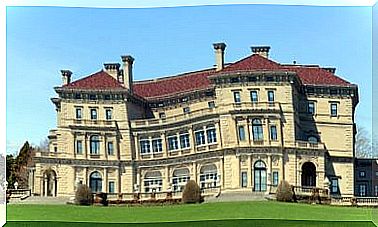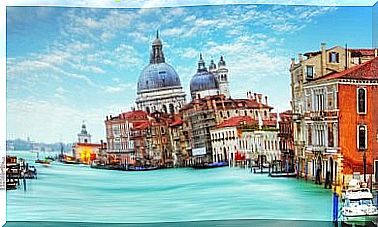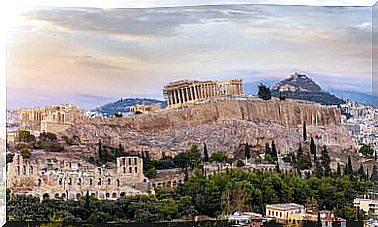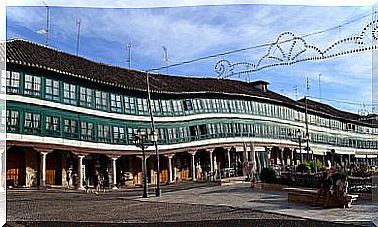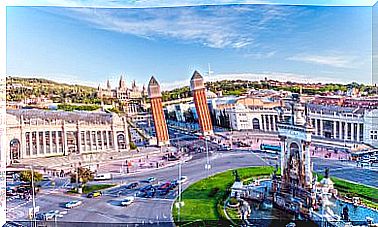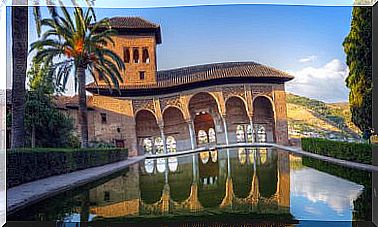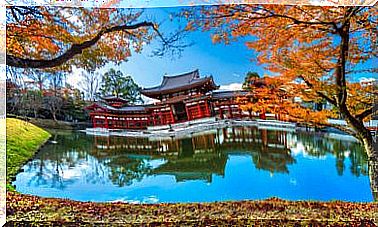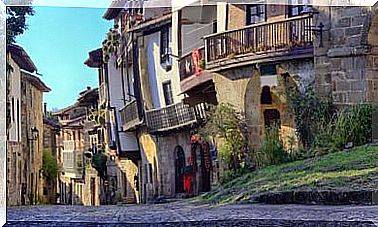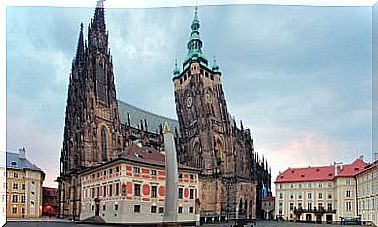The Pre-colonial Stone Of Africa, Great Zimbabwe
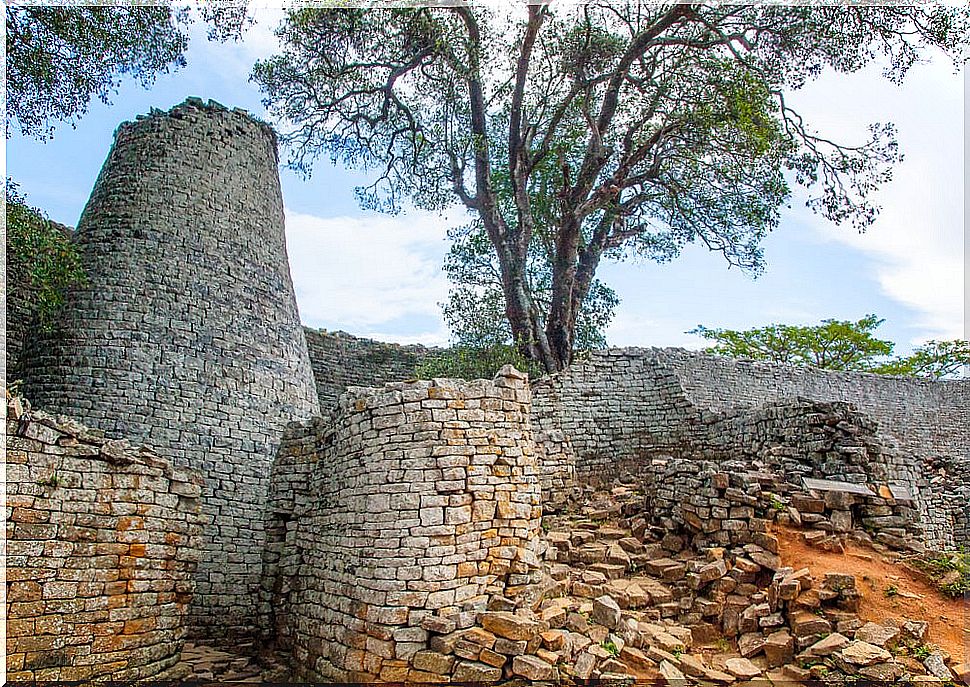
Great Zimbabwe is neither more nor less than the largest archaeological site in sub-Saharan Africa. A place steeped in history, but also in myths and legends. In fact, much is known about the ancient civilization that lived here, but perhaps even more is ignored. If you want to discover any of the mysteries that surround this witness from pre-colonial times, follow us!
Great Zimbabwe , the origin of a country
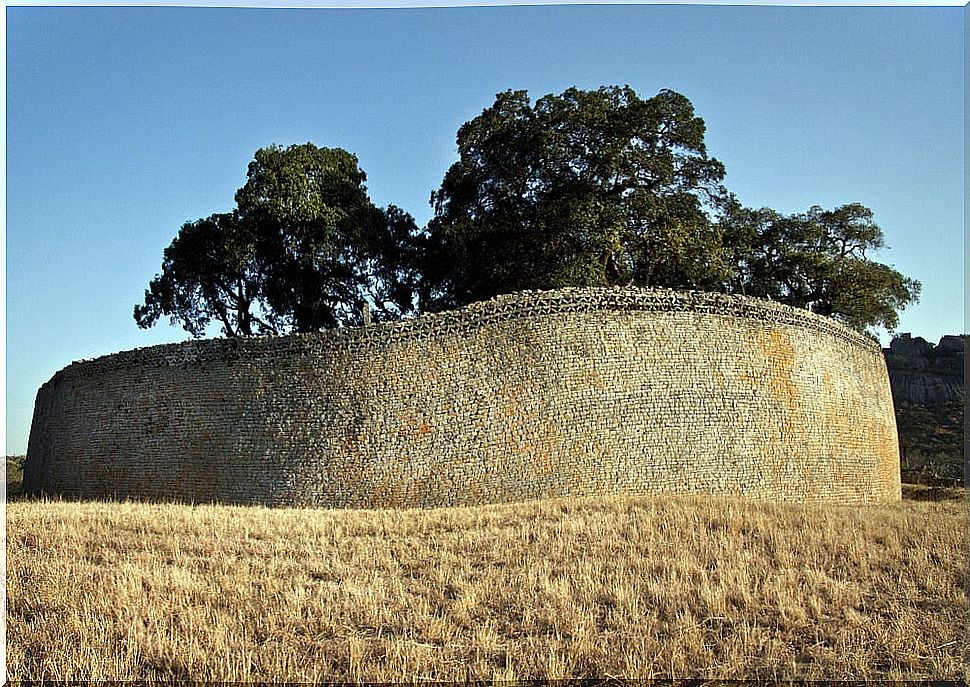
It is not known for sure who built this great site, which covers about 7 square kilometers and in which it is estimated that a population of close to 20,000 inhabitants resided. But even so, the monumental construction that Great Zimbabwe represents has even given its name to the current African country where it is located.
And not only that, since among the ruins of Great Zimbabwe some beautiful sculptures that represented a bird of prey appeared. This bird of powerful and beautiful presence soon became a symbol for the inhabitants of this territory, and I have made it still appear today on the flag of Zimbabwe.
What is known about Great Zimbabwe
Let’s start by telling a few things that already seem confirmed about this place.
Who inhabited it?
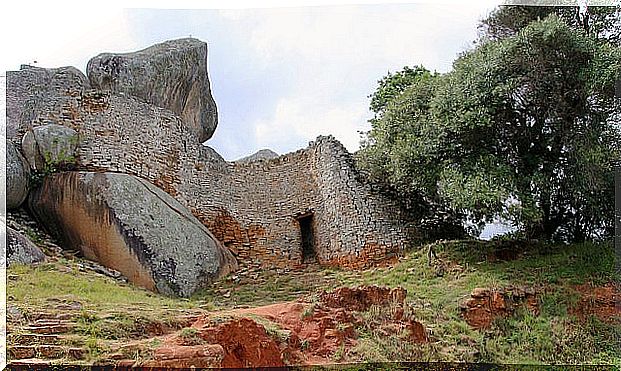
Between the 11th and 15th centuries this city would rise, which was the commercial center of the rich Empire of Monomatapa or Mutapa. Those people, whose heirs would be the current Shonga, would live from mining and their trade with very remote places. Relationships that they maintained thanks to the navigation of the Zambezi River, which flows into the Indian Ocean.
When was it inhabited?
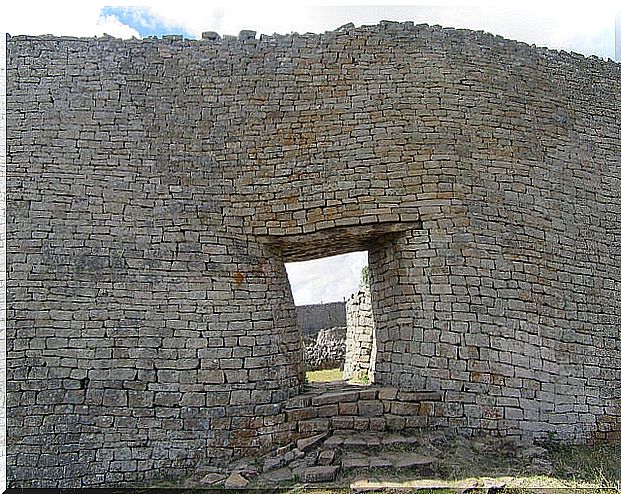
We have already given the dates of its occupation between the eleventh and fifteenth centuries. During all this time period, the Great Zimbabwe would grow and expand its surface. Until then, it became the enormous site that it is today and where three well-differentiated parts are distinguished.
These parts are the Colina Ensemble, the Valley Ensemble and the Great Fence. On the one hand, on the hill there is a kind of acropolis that would be a sacred space. While in the Valley area there are remains of houses.
And surrounding the Great Fence were hundreds of buildings, some poorer and others that may well have been the residence of the rulers of Great Zimbabwe.
What can be seen at the site?
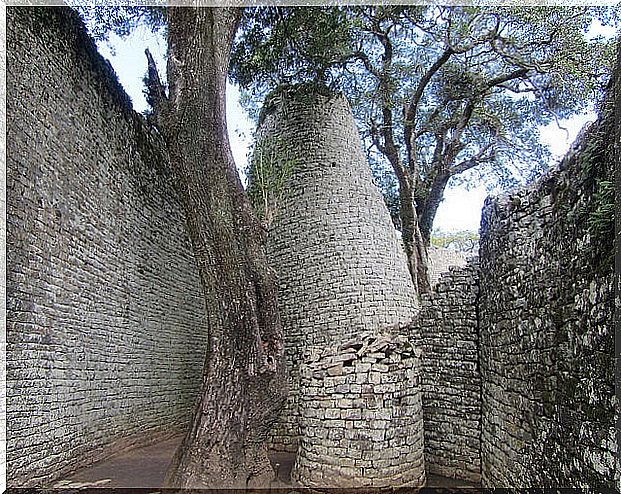
The relatively easy visit to Great Zimbabwe from the town of Masvingo, located about 40 kilometers away, is a walk through impressive stone ruins. There are great walls built entirely of stone, without any mortar, and despite this they have withstood the passage of hundreds of years.
Everything is spectacular, especially the so-called Conical Tower, 11 meters high, or in the great Elliptical Building.
But in addition to that, during its archaeological excavation , numerous material remains appeared, some from far away. For example, coins, ceramics or beads originating in China or Arabia. Something that tells us about the commercial fabric that started from this place to very distant lands.
What is not known about Great Zimbabwe
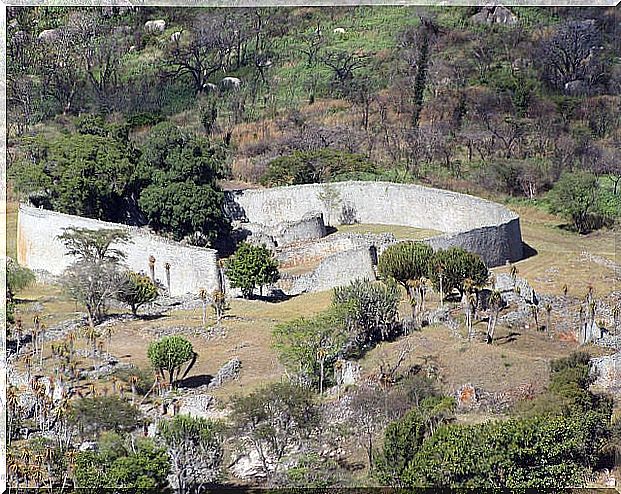
From the above, it follows that Great Zimbabwe was a very prosperous and vital city. However, when the Portuguese explorers and colonizers arrived here in the 16th century, the appearance of the city would be very similar to today. It was abandoned!
What had happened? It is ignored. There are no signs of a violent abandonment or a terrible plague that will wipe out the population. However, it is clear to archaeologists that Great Zimbabwe was abandoned around 1450.
Perhaps it was due to a great drought or due to climatic changes that caused a lack of water and food. Or perhaps the nearby mines will be depleted, or the commercial ties that had given it prosperity may be severed. Everything is speculation.
The fact is that it was abandoned and remained frozen in time. Something that is a pleasant surprise for the traveler, who is impressed by these incredible constructions in a really attractive and beautiful natural environment.
